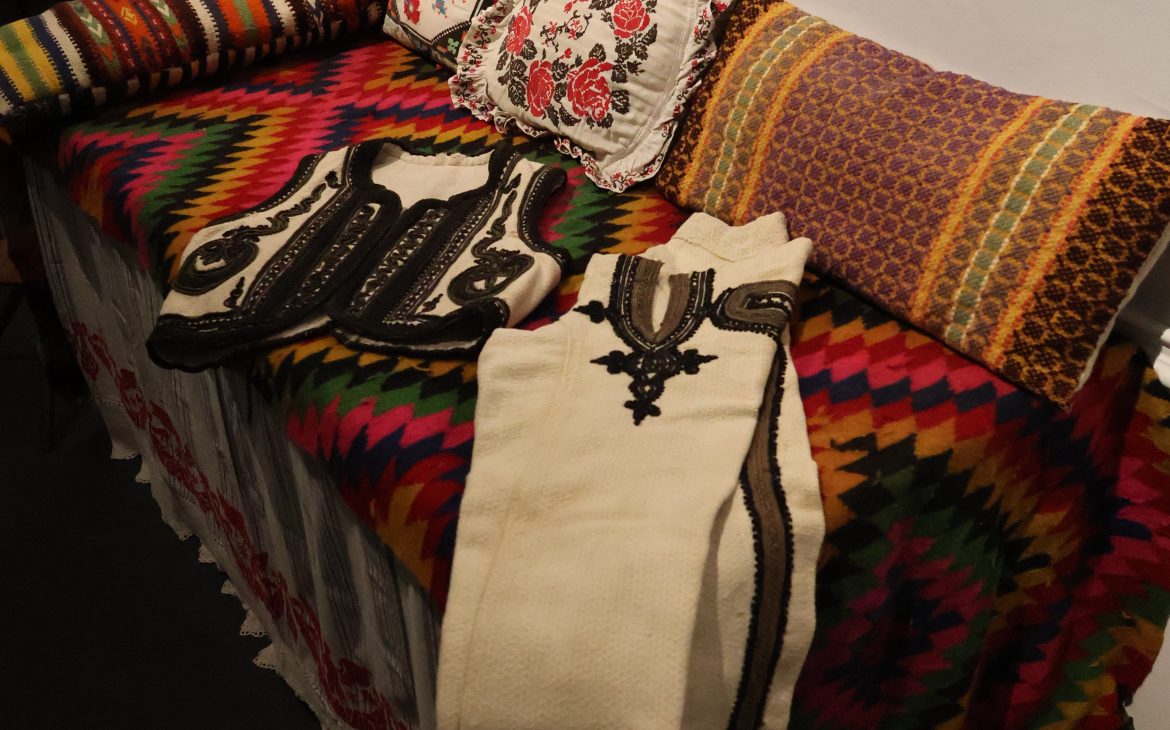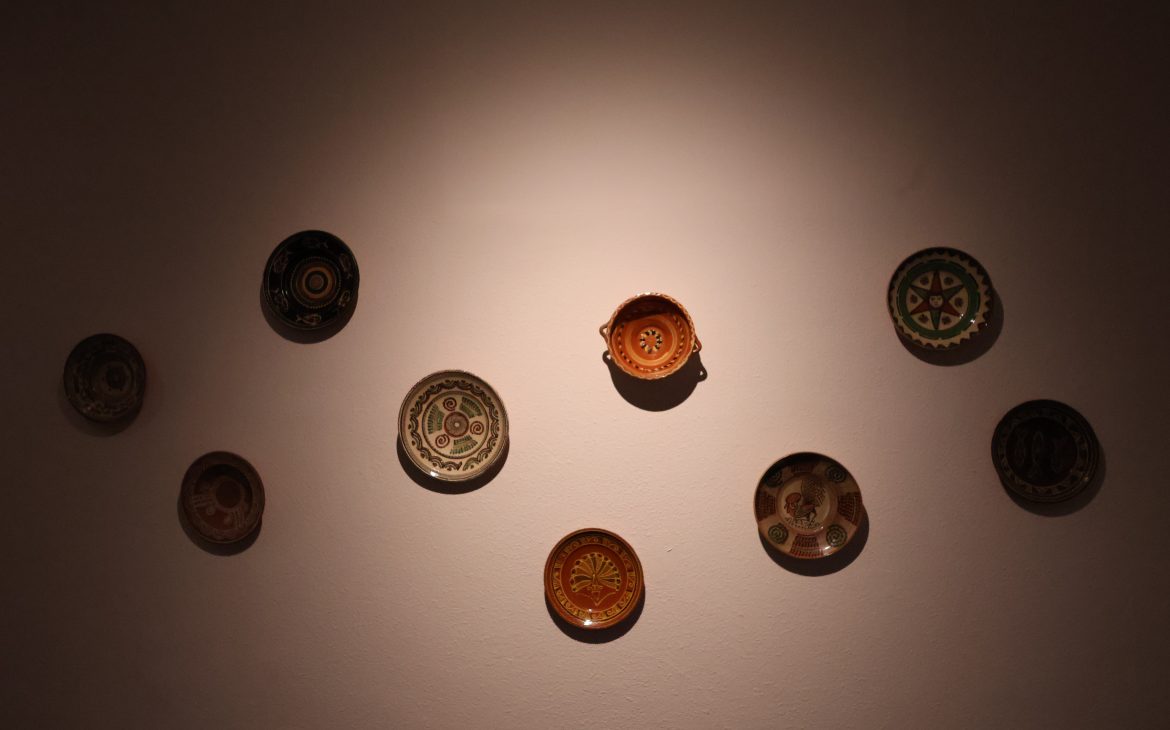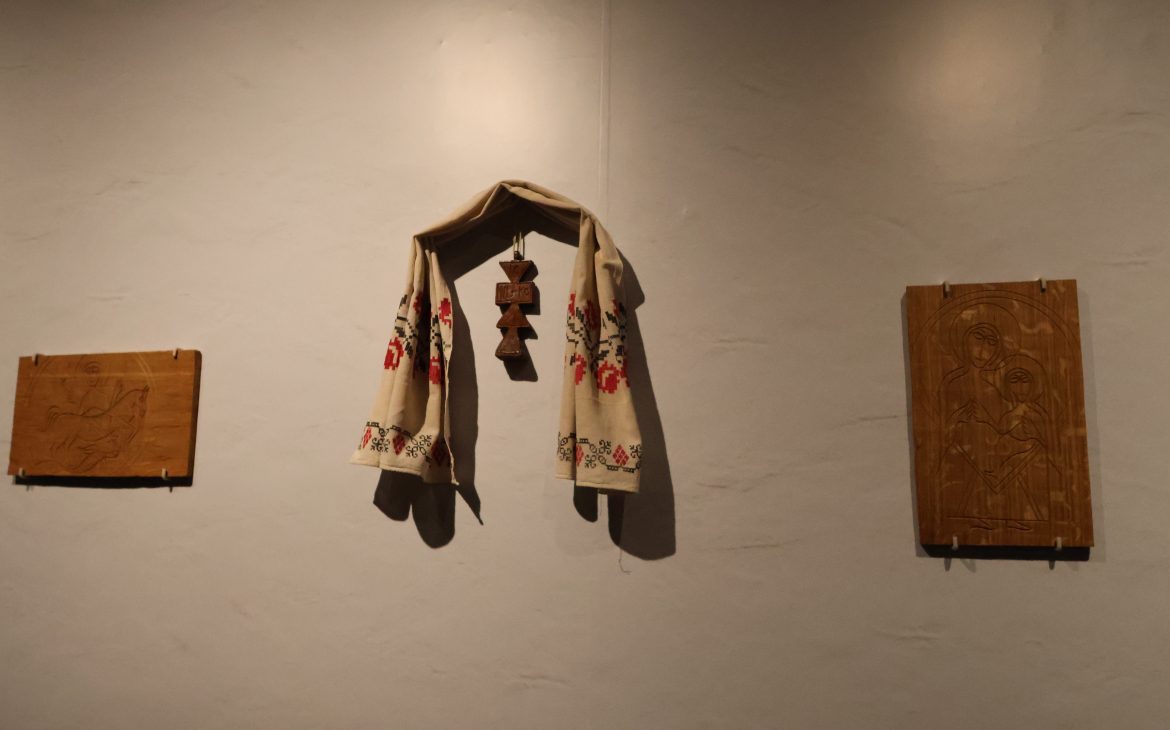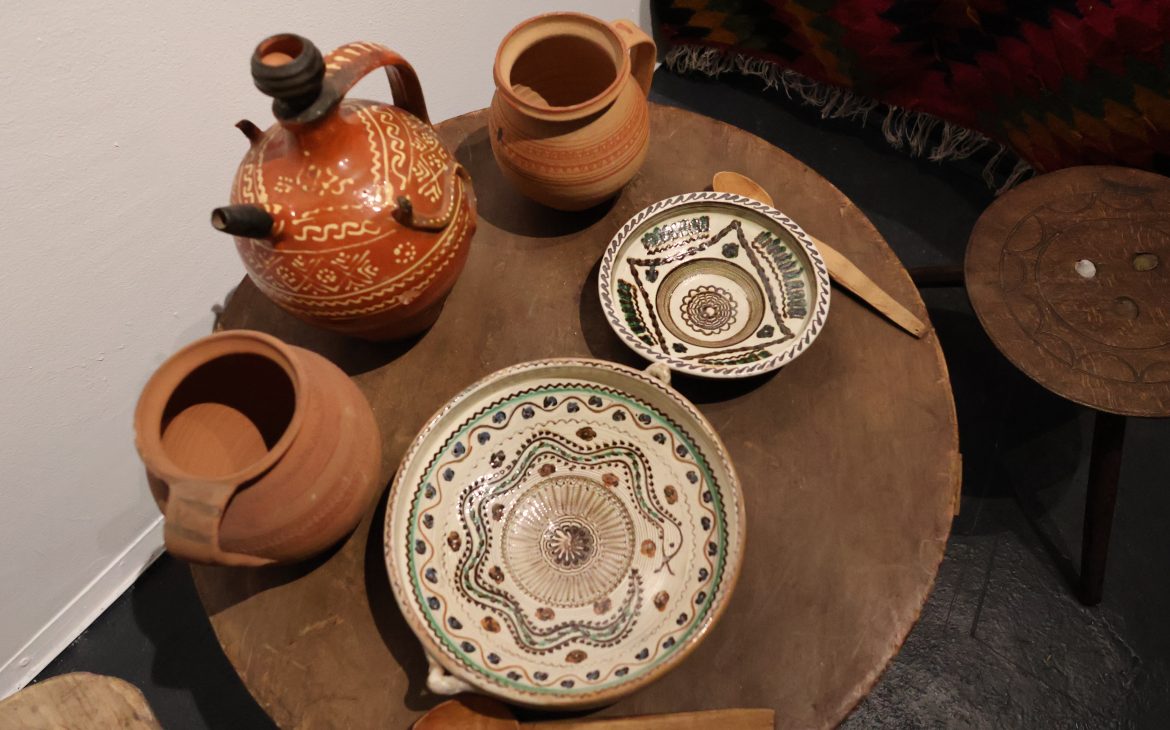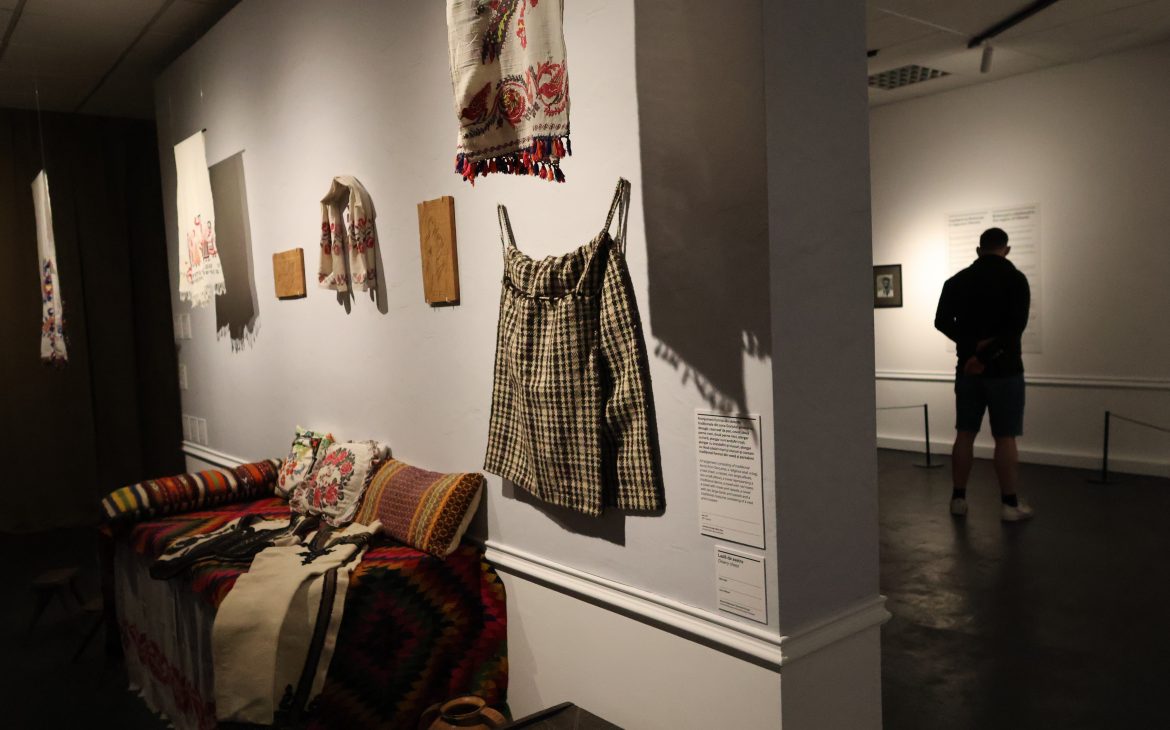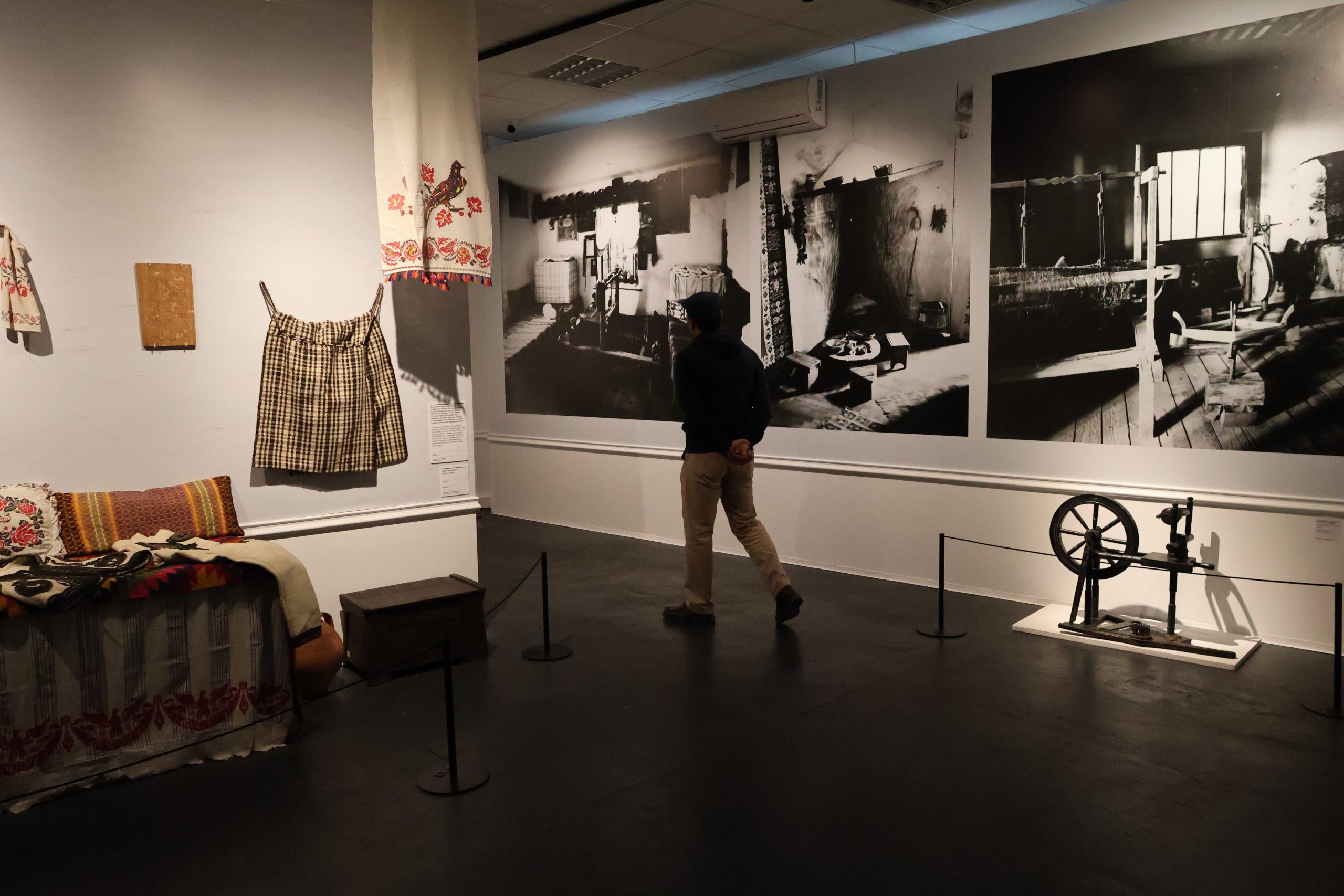The village that Constantin Brâncuși made famous, Hobița, is at the center of a new temporary exhibition at Art Safari, open to the public until May 19.
“Acasă la Brâncuși” exhibition, which is being produced in partnership with the National Museum of the Romanian Peasant, presents ethnographic pieces and rare documentary photographs from the Romanian Academy’s collection to the public.
Brâncusi’s universe evoked through rare objects and photographs
The “Acasă la Brâncuși” exhibition evokes Brâncuși’s roots through the interior of a house from Hobița, recomposed in Art Safari with a series of furniture items from the heritage of the National Museum of the Romanian Peasant. Documentary photographs from the collection of the Romanian Academy complete the exhibition.
In fact, Constantin Brâncuși is present among the personalities in “History of Romania in 100 portraits” by curator Cornel Ilie, an exhibition that can be seen at Art Safari until July 28.
The sculptor is evoked through a series of photographs, including a portrait of Man Ray, a bust, but also a series of personal objects, all from private collections: a French travel suitcase used by Constantin Brâncuși on his famous trips to the United States, sculptor’s work vest, a three-piece day suit worn by Constantin Brâncusi during the Parisian period (Sleator & Carter brand), a three-piece evening suit worn by Constantin Brâncusi during the Parisian period (Sleator & Carter brand ), a Burberry’s (today, Burberry) overcoat, possibly used as a work coat, pipe and cane.
The place where Brâncuși learned to tame wood and stone
Constantin Brâncuşi was born in the village of Hobița in Gorj county on February 19, 1876, in the family of Nicolae Radu and Marie Brâncuşi, who were engaged in agriculture, woodworking and cattle breeding. Little Brâncuși learned the skill of carving wood from the carpenters of the village, primarily from his father and grandfather. Hobița represented a source of inspiration for his art: from the beautifully decorated houses to the old wooden church with the notched front, supported on pillars, evoking the origin of the future Infinite Column, and the village cemetery, with flowered crosses and trinities.
Eager to know the world, at the age of 7, in 1883, Brâncusi has the first act of independence that he remembers; he leaves “from home to the world”, as documented by Barbu Brezianu, dedicated Romanian researcher of Constantin Brâncuși work. He was found by his mother in Târgu-Jiu and brought home (where he attends the first grade in Peștişani commune). In 1884, in the 2nd grade, he was punished on the grounds that he cut the bench with a knife and interrupted his studies and was sent as an apprentice to a barrel merchant. He chooses stones from the bed river and fills his pockets with them, aspiring from then on to model shapes that he can play with, shapes “capable of bringing joy to people.”
In 1904, he left on foot for Paris, where he worked for a while in the workshop of the famous Auguste Rodin. In 1914, he had his first personal exhibition in New York, followed by the most prolific creative stage. He died at the age of 81 in Paris. His works are spread all over the world in the biggest museums and collections, very few of which are in the territory of the artist’s native country.
Tickets are available online or at the entrance.


